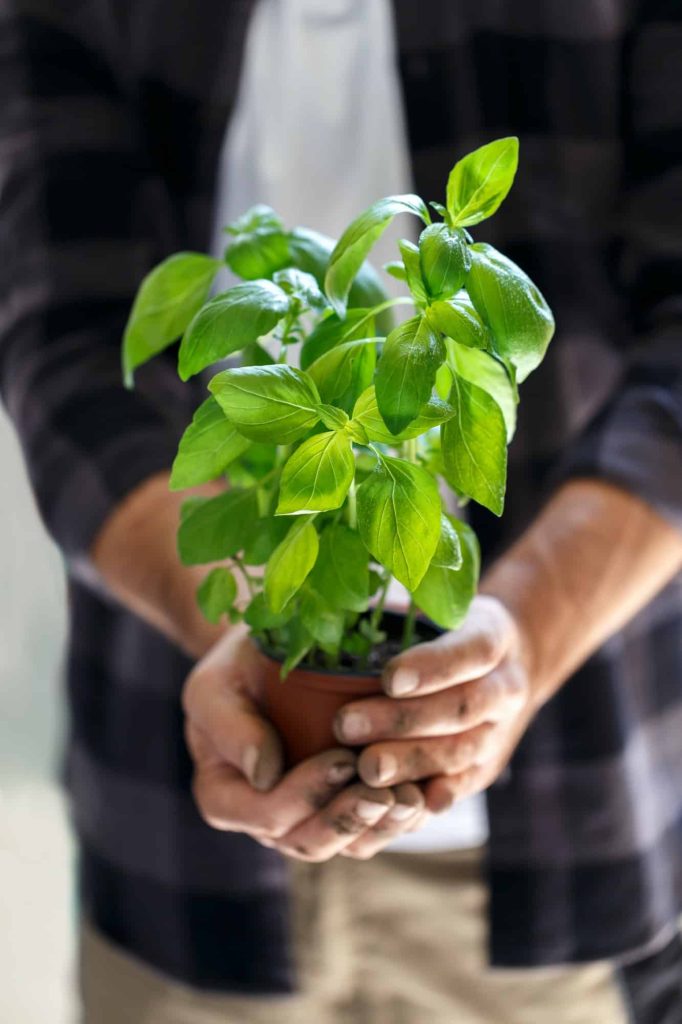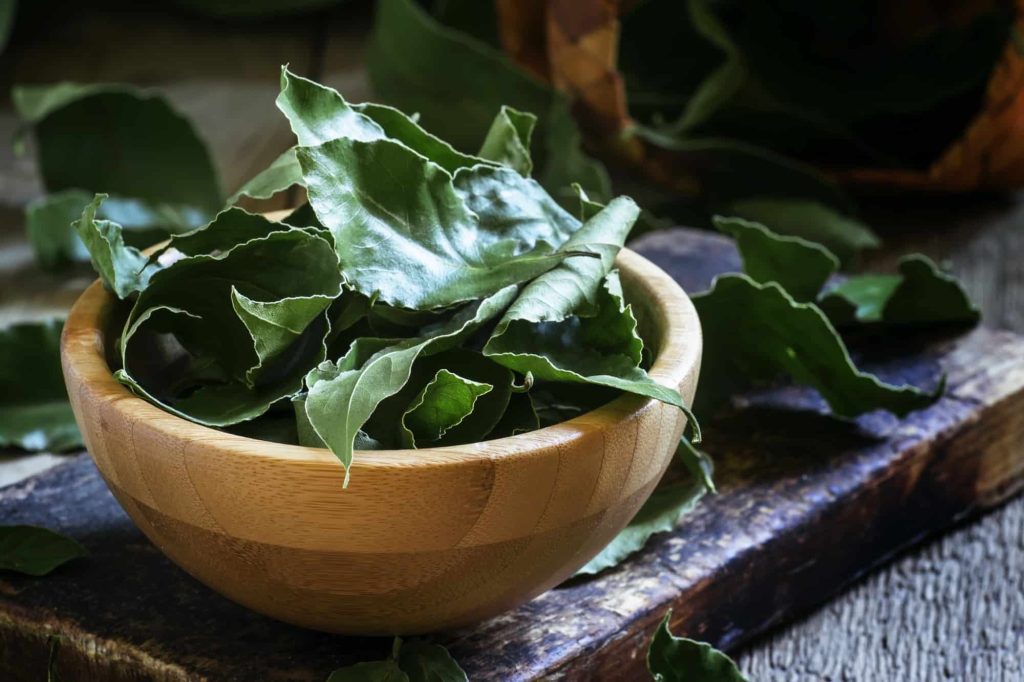You needed to cook a few days ago and your recipe called for bay leaf. You went to pick it out and find out that you’re all out.
Then you had to run to the store to get some and on getting back, you became too tired to continue cooking immediately. What if I told you that when next you’re out of bay leaves, you do not need to make a trip to the store. There are some things you have in your home that’ll work as great substitutes for bay leaves.
In this article, we’ll see what bay leaves really are, some other uses they have apart from being used to cook, and some great substitutes for when you’re out of them.
Bay Leaf Explained
Bay leaf is an aromatic leaf that is slightly bitter, minty, and peppery in flavor. It is a Mediterranean herb that is very commonly used in cooking. It is also an ingredient in many savory soups, stews, sauces, and even rice dishes because of the great flavor and aroma it adds to these dishes and any other dish you might want to use it to cook.
Bay leaf can either be used as it is, dried or crushed before use.
- 1 fresh bay leaf = two dried bay leaves.
- 1 dried bay leaf = one quarter tsp of ground/crushed bay leaf.
- 1 fresh bay leaf = half teaspoon of ground/crushed bay leaf.
Though it is most commonly used in cooking, that is not the only use of bay leaf. Some other great uses of bay leaf are:
What Are The Health Benefits Of Eating Bay Leaf?
- Bay leaf may help prevent cancer: Research has shown that the extract from bay leaf plants can help kill cancer cells and prevent cancer. So, if you haven’t been, it’s time to make bay leaf a regular in your dishes, or even start drinking bay leaf tea regularly.
- Eating bay leaf may help with diabetes: Bay leaves contain polyphenols which are very strong antioxidants. So, taking bay leaf tea or capsules that contain bay leaf daily can help lower/manage the level of sugar in your blood.
- Bay leaf can help reduce inflammation: Extract from the bay leaf can be added to a wounded area on the body to bring down sweeping and reduce inflammation.
- Can be used as a treatment for seizures: In ancient times, the extract from bay leaves was used as a treatment for seizures. And now, research carried out by scientists has shown that bay leaves can help those with epilepsy.
From all these, it is safe to say that bay leaf can be called a wonder leaf.
The most common use for bay leaf though is for cooking, and you’d be surprised at how much difference one bay leaf would make in your dish.
Healthy Substitutes for Bay leaf In The Kitchen
If you need to make use of bay leaf though and you realize that you’re all out, here are some ingredients that can work as great substitutes for bay leaf.
1. Dried Thyme
Even though dried thyme and bay leaf cannot be said to have any resemblance based on how they look, dried thyme is also a Mediterranean herb and also has that same slightly minty flavor as bay leaf.
How to use:
- 1 bay leaf = one-quarter tbsp of dried thyme.
- Half tbsp of ground bay leaf = half tsp of dried thyme.
2. Basil

This is a great substitute for bay leaf because it is also a member of the mint family. However, only dried basil can act as a substitute for bay leaf. Fresh basil is not considered a good substitute for bay leaf because of its slightly sweet taste. When the basil is well dried though, it loses that sweet taste and becomes a perfect substitute for bay leaf.
How to use:
- 1 bay leaf = 1 dried basil leaf.
- Half a tsp of crushed bay leaf = half a tsp of crushed basil.
3. Boldo Leaf
Boldo leaf is an evergreen shrub that is found mostly in Chile. After this leaf is dried and crushed, it gets a minty and peppery flavor that is similar to that of bay leaf. However, it has a flavor that is quite stronger than bay leaf, so when using, you’d have to use just half of what your recipe calls for
How to use:
- 1 bay leaf= half a tsp of boldo leaf.
- Half tsp of ground bay leaf = one-quarter tsp of ground boldo leaf.
4. Juniper berries
Don’t be surprised. Juniper berries are another great substitute for bay leaf because of the pepper and pine it has. To use when cooking, you can either put them as they are (whole) into the dish you’re making or crush them first.
How to use:
- One bay leaf = three or four juniper berries (either crushed or whole)
5. Oregano
Oregano is a bitter and slightly minty herb that is a great substitute for bay leaf. However, only dried oregano can act as a substitute for bay leaf. If it is not dried, it definitely isn’t a substitute for bay leaf in any of your dishes, whether soups, stews, sauces, or rice dishes.
How to use:
- 1 bay leaf = one quarter tsp of dried oregano
- Half a tsp of crushed bay leaf = half a teaspoon of dried oregano.
You’d notice that for bay leaf as a whole, oregano would be used in a much lesser quantity. This is because oregano has a more bitter flavor than bay leaf, so, adding more than a quarter teaspoon would leave you with a really bitter-tasting dish.
6. Rosemary
Rosemary is another substitute for bay leaf because it is also a herb from the Mediterranean and also a member of the herb family. It can either be used as a whole or crushed, just as bay leaf. This substitute even gives an aroma that’s almost as good if not as good as bay leaf.
How to use:
- 1 bay leaf = 1 rosemary leaf
- Half a tsp of crushed bay leaf = half a tsp of crushed rosemary leaf.
You might want to know if these substitutes will make your dish taste the same as when you use bay leaf. Well, here’s the answer to that:
Will these substitutes taste just as Bay leaf?
The first substitutes you should go for out of all these would be oregano, dried thyme, and basil. Using these, you would not notice any difference in the taste of any food you’re cooking.
Wrapping it up
Bay leaf is a really great ingredient in food, but not having any doesn’t mean you cannot still make a really great dish. All you have to do is follow the recipe and know what not to use. For example, remember that fresh basil and oregano cannot be used as a substitute for bay leaf. They can only be considered substitutes when they’re well dried.
Once you remember this and use the right amount of substitutes, after cooking, you’d be well pleased with your dish and have no complaints regarding any of the substitutes.
